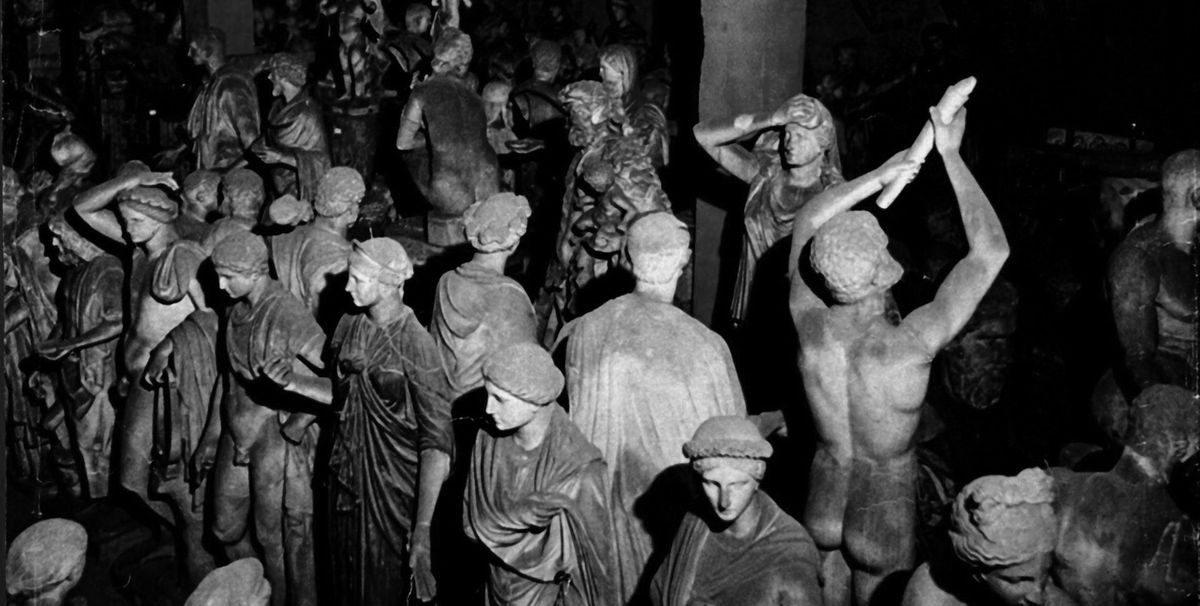The Getty and its director, Timothy Potts, were sued for $77m on 12 January in Manhattan federal court by the Swiss antiquities dealership Phoenix Ancient Art for cutting it out of a purported arrangement to “secure rights to” or display antiquities owned by the Torlonia family in Italy. According to the complaint, the collection of more than 600 Greek and Roman sculptures, amassed by the princely family who made a fortune in the 18th and 19th centuries as bankers to the Vatican, hasn’t been displayed since the 1960s and is worth “billions of dollars”.
The Getty, however, denies there was such an agreement and says through a spokesman that Phoenix “cannot plausibly demand payment for a deal that never occurred”. The museum says it was offered an opportunity to discuss a possible sale but “declined the acquisition and the objects were later transferred to the Italian government”. The museum currently has no plan to exhibit the work, the spokesman added. Phoenix’s lawyers did not respond to inquiries about the Getty’s statements.
The suit alleges Phoenix “created exclusive relationships with the Torlonia family and Italian officials designed to create a plan to transfer, sell, [and] display” the collection. The Swiss dealer’s agent Electrum, which was cataloging the collection, contacted the Getty in 2013 about purchasing some of the sculptures.
Because of the Getty’s “dubious acquisitions” and trouble with Italian authorities over its past purchases of allegedly looted art, Phoenix says it required the museum to sign a confidentiality agreement and not to contact the Torlonias except through Phoenix and Electrum. Phoenix arranged for Potts to see the sculptures, negotiated with the Torlonias over the selection and price of some sculptures, and persuaded the Italian government not to interfere, the gallery claims. In 2015, Phoenix says in its complaint, the Getty “feigned” a lack of interest in pursuing a deal but worked behind Phoenix’s back to arrange to show some Torlonia sculptures, using information the museum had agreed to keep confidential.
In 2016, the Italian culture ministry reached an agreement to create a museum for the Torlonia collection in Rome. Meanwhile, the archaeologist and art historian Salvatore Settis is due to organise a temporary exhibition of more than 60 works from the collection at the Palazzo Caffarelli in Rome, the former Mussolini Museum, later this year.
In its filing, Phoenix makes a point of outlining the Getty’s legal troubles with Italy. In 2007, the museum repatriated 40 sculptures the country claimed were looted. The Getty’s former curator Marion True was tried in Italy on charges of receiving stolen artefacts and conspiring to deal in them. (The case against True, who maintained her innocence, was dismissed in 2010). This resulted in a “cultural embargo” between Italy and the museum, which Phoenix overcame, the complaint says.
Phoenix has itself been accused of smuggling illicit antiquities, and in 2004 one of its owners, Hicham Aboutaam, pled guilty to a misdemeanor in connection with importing and selling a silver drinking vessel from Iran for $950,000.
A statue stolen from the Villa Torlonia in Rome in 1983 was recently repatriated to Italy by US authorities. The work ended up in a New York art gallery in the late 1990s and was sold to a private collector in 2001 for around $75,000. When the buyer tried to sell it on at auction, they were informed it was stolen and they voluntarily turned it over to the FBI.


